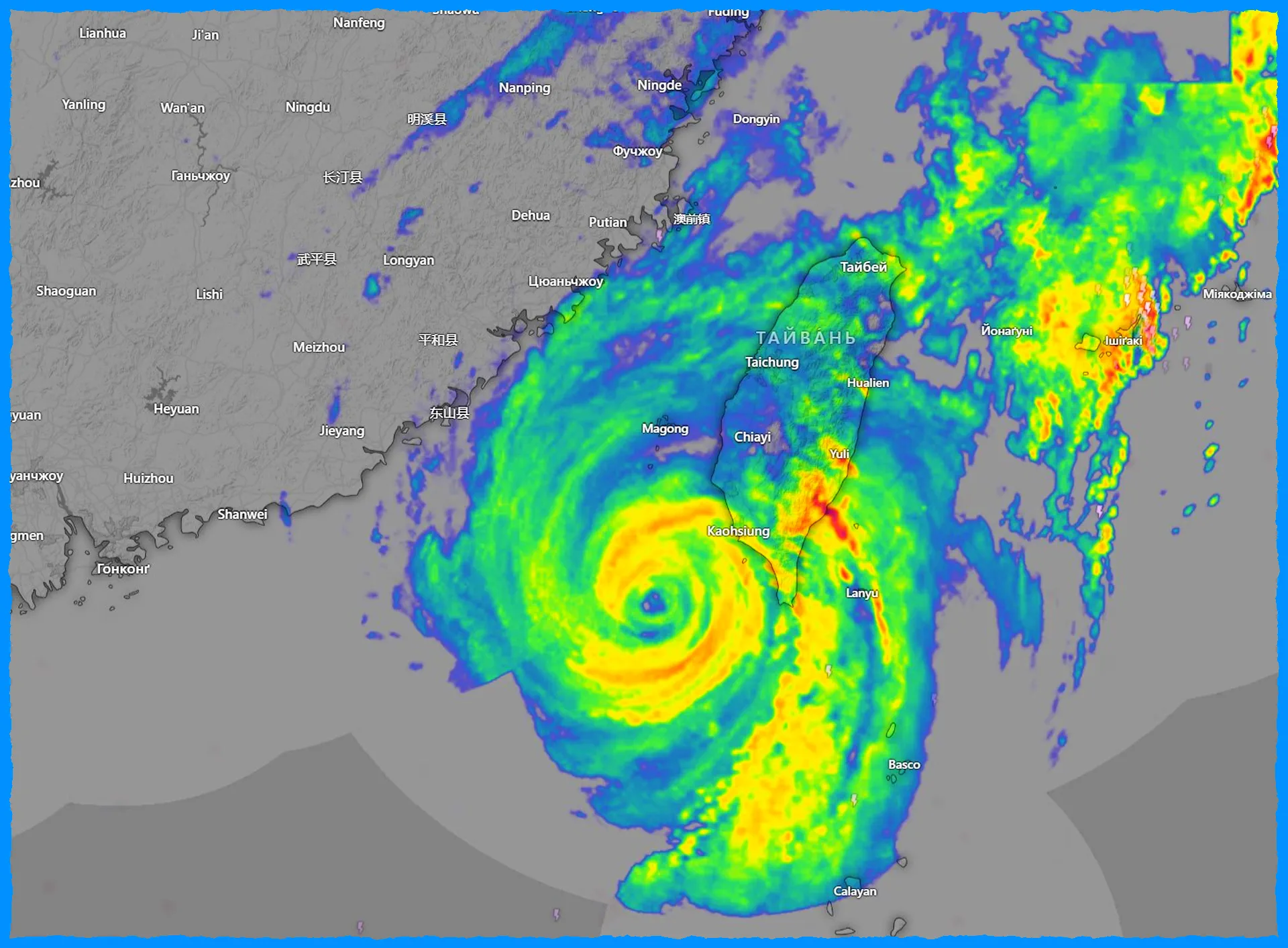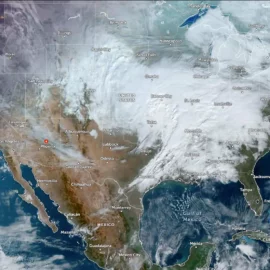
Typhoon Krathon: A Looming Threat to Taiwan and the Philippines
The West Pacific typhoon season has been particularly active in 2024, with the latest storm, Typhoon "Krathon," reaching super typhoon strength on September 30. This powerful storm has already left a trail of destruction in the Philippines, claiming at least two lives and displacing thousands of people. As the storm is expected to make landfall in southwestern Taiwan on October 2 and 3, concerns are growing about the potential damage it may cause.
Typhoon Krathon, known as Julian in the Philippines, formed on September 28 as the 18th named storm of the 2024 West Pacific typhoon season. The storm rapidly intensified, exhibiting an eye measuring 37 km (23 miles) in diameter as it passed near Sabtang, Batanes, Philippines. The Philippines Atmospheric, Geophysical, and Astronomical Services Administration (PAGASA) issued a series of tropical cyclone wind signals, including Signal No. 4 in Batanes and the Babuyan and Calayan Islands, as the storm intensified into a severe tropical storm and later a typhoon.
The impact of Typhoon Krathon in the Philippines has been significant, with widespread flooding reported in several provinces, including Batanes, Ilocos Norte, and Ilocos Sur. One person drowned due to strong sea currents, while another was reported missing. In Cagayan, a person died after being hit by a fallen electric cable knocked down by strong winds. Landslides also blocked roads in several areas, including La Union, Abra, and Apayao.
According to the National Disaster Risk Reduction and Management Council (NDRRMC), a total of 22,645 people were affected by the storm, with 1,793 displaced from their homes. Power outages occurred in 16 cities and municipalities, and 38 houses were damaged. In Batanes, around 60% of the 2,463 affected homes are completely damaged, while 40% are partially damaged. The storm also caused damage to a light aircraft parked at Basco Airport, highlighting the potential risks to aviation.
As Typhoon Krathon continues to approach Taiwan, concerns are growing about the potential impact of the storm. According to the Joint Typhoon Warning Center (JTWC), the center of the storm was located about 510 km (320 miles) southwest of Taipei, Taiwan, on October 1. The storm had maximum sustained winds of 230 km/h (145 mph) and was moving north-northwest at 7 km/h (5 mph).
Forecasters expect Typhoon Krathon to track northeastward gradually through the first 36 hours of the forecast period, which extends until 21:00 UTC on October 2. However, between 21:00 UTC on October 1 and 09:00 UTC on October 3, an upper-level trough is expected to weaken the subtropical ridge (STR) to the west, allowing the steering environment to be influenced by the eastern STR. This may cause the storm to change direction, potentially increasing the risk of landfall in southwestern Taiwan.
The potential impact of Typhoon Krathon in Taiwan cannot be underestimated. The storm is expected to bring strong winds and heavy rain, with up to 1,000 mm (39 inches) in mountainous regions. This could lead to widespread flooding, landslides, and damage to infrastructure. The Taiwanese government has already taken steps to prepare for the storm, including evacuating people from low-lying areas and mobilizing emergency responders.
In conclusion, Typhoon Krathon is a powerful storm that poses a significant threat to both the Philippines and Taiwan. The storm has already caused widespread destruction in the Philippines, and concerns are growing about the potential impact of the storm in Taiwan. As the storm approaches the island, it is essential that authorities take all necessary precautions to minimize the risk of injury or loss of life. The international community should also be prepared to provide assistance to both countries in the aftermath of the storm.
Founder and chief forecaster of the Pogodnik service. He has many years of experience in the meteorological service. He is the author of numerous scientific publications and popular articles about the weather.




